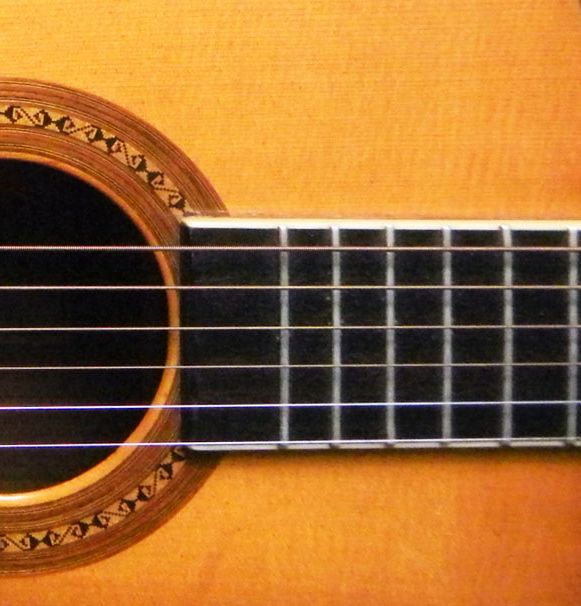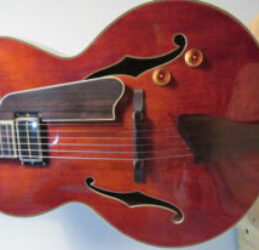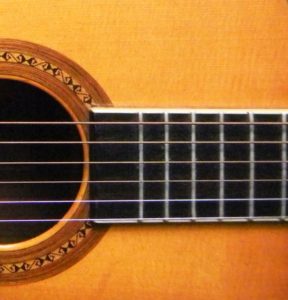 If you’re not already subscribing to sites like “Express Guitar“, maybe you find that your guitar-playing goals are hard to reach due to a lack of available practice time or limited knowledge? I’ve got some good news for you. You can very quickly achieve your guitar playing goals – you just need to understand exactly how to make your practice time extremely effective.
If you’re not already subscribing to sites like “Express Guitar“, maybe you find that your guitar-playing goals are hard to reach due to a lack of available practice time or limited knowledge? I’ve got some good news for you. You can very quickly achieve your guitar playing goals – you just need to understand exactly how to make your practice time extremely effective.
Some guitarists use their practice time very ineffectively. By wasting practice time, they drastically prolong the time it takes to reach their musical goals. But if you are able to get results from every single second of guitar practice, your progress will skyrocket.
Here are the four guitar practicing habits you need to correct in order to make faster progress:
1. Practicing Some Items too Much and Others too Little
This mistake is commonly made because of the following:
1. Improperly managed Guitar Practicing Time. A lot of guitar players practice everything for an equal amount of time. This is incorrect. Truth is: not all musical skills need to be practiced with the same frequency as others. Technical guitar licks may require a higher frequency of practice with moderate time used each session. When you randomly divide up the time spent on each task into equal segments, you end up scheduling a lot more time than what is needed for some items and not enough for others. As a result, you make slow progress in all areas.
2. Instant Gratification Practice. it’s common for guitar players to waste time practicing things they are already highly proficient in. As a result, they never actually advance in the areas they are weak in, bringing their overall guitar playing down as a whole.
How you divide up your guitar practice time also depends on some other variables. These include: how much time you have to practice, how good you are at each item, your personal guitar playing goals, and how certain items are best practiced and mastered. When any of this is altered, you need to change your practicing routine. If you don’t, you’ll end up with unbalanced skills and ineffective practice.
2. Working on Elements of Guitar Playing in an Incorrect Order
The particular order of items you practice is instrumental for how much/little improvement each practice session offers you. This applies on both a small level and a zoomed-out, macro level. Macro level meaning: the various types of musical skills (such as guitar playing technique, theory, ear training, etc.). The smaller level means the specific exercises within each area. To make your practice more effective, you need to identify the best order for both the types of musical skills and the specific exercises within each category.
Continue reading “How to get results from guitar practice”
 Fingerstyle guitar is a technique in which bass line, chords and melody are played together.
Fingerstyle guitar is a technique in which bass line, chords and melody are played together.

 Do you want to learn how to play the guitar? If you do, please read on: this is how you can teach yourself guitar with three easy steps.
Do you want to learn how to play the guitar? If you do, please read on: this is how you can teach yourself guitar with three easy steps. If you’re not already subscribing to sites like “
If you’re not already subscribing to sites like “